Windows and glazed detailing play a crucial part in defining the character and appearance of the built environment. Windows are one of the most important components in any design, often being described as the 'eyes' of the building. They can provide interest and relief to new architectural design and they can also tell us about a building's age and the evolution of architectural styles.
New Design
All too often, the consideration of window openings is left to the end of the design process after the internal layout has been created; this can undermine the design as a whole. Therefore, issues of orientation, style, size, proportion and position need to be balanced alongside the provision of daylight and ventilation. Irrespective of the style chosen, however, windows should be of a size and proportion which sits comfortably within the elevation as a whole. If too wide or deep, or too narrow or shallow, they will upset the balance of an elevation. Verticality in window proportion is often an important trait, too much of a horizontal emphasis can often appear intrusive.
Contemporary architecture often relies heavily on large expanses of glazing; whilst this can create lightweight and aesthetically sleek design solutions, in rural Norfolk a balance must be struck between the amount of glazing and the impact on dark skies and artificial light pollution.
Windows are often needed to be suitable for escape in domestic properties, consideration may need to be given to the size and location of the window to ensure compliance. Contact the Building Control team at NNDC for further guidance.
Replacement Windows
Replacing windows is one of the most common forms of building alteration and one of the most frequently asked planning questions. Whilst replacing windows in a dwelling house can sometimes be undertaken without the need for planning permission, there are certain circumstances which must be taken into consideration to ensure the correct procedure and course of action has been followed.
Permitted development rights only apply to a dwelling house if the new (replacement) windows have a similar visual appearance to the existing, otherwise an application for planning permission needs to be submitted. This requires a direct comparison to be made between the existing and proposed windows to ensure they're similar in visual appearance.
In practice this means considering the overall design and style of the windows, the opening mechanisms, the materials involved, the colour of the frames and the degree of visibility. For example, if you're proposing to replace white-painted timber sliding sashes with black powder-coated side-hung aluminium casements, permission would most certainly be required. Inevitably there will be cases which are not so clear-cut and will require some interpretation. In this instance it is advised that you contact the planning department for further information.
Listed Buildings
In regards to listed buildings, the fundamental presumption will always be to retain, refurbish and upgrade original windows. As well has having intrinsic value in their own right, they also contribute greatly to the overall character and appearance of the host building. As a result, replacement windows are only usually considered when it can be evidenced that the original windows are beyond practical and reasonable repair or when windows have already been replaced and their architectural value is of less significance.
If the windows are genuinely past the point of practical retention, and are not being replaced on a strictly 'like for like' basis, Listed Building Consent will be required for replacement. To stand the best chance of being acceptable, it is vital that replacement windows are accurately based on the original design to guarantee authenticity. Windows of a style and finishing treatment which fail to pay regard to the significance of the host building (e.g. double-glazed uPVC) will not be viewed favourably.
There are a numerous companies who specialise in the refurbishment and upgrading of historic fenestration. This can offer the opportunity to ensure windows offer optimum energy performance without compromising character and integrity.
Conservation Areas
Architectural features, details and the materials make important contributions to the appearance of individual buildings but also the wider streetscape and the prevailing character of the Conservation Area.
Repairs should be undertaken on a 'like-for-like' basis wherever possible to match the historic element removed in terms of design, proportions, opening mechanism, detailing and finish. When considering applications for replacement windows in a Conservation Area, the Council has a legal duty to ensure applications either preserve or enhance the character and appearance of the area. Where replacement windows would have a harmful effect, applications are likely to be refused. It is therefore important to consider the characteristics of the host building and the wider area and ensure replacement windows are compatible with their context.
Traditional Glazing Forms and Styles
The window examples below follow the evolution of traditional opening styles and typologies.
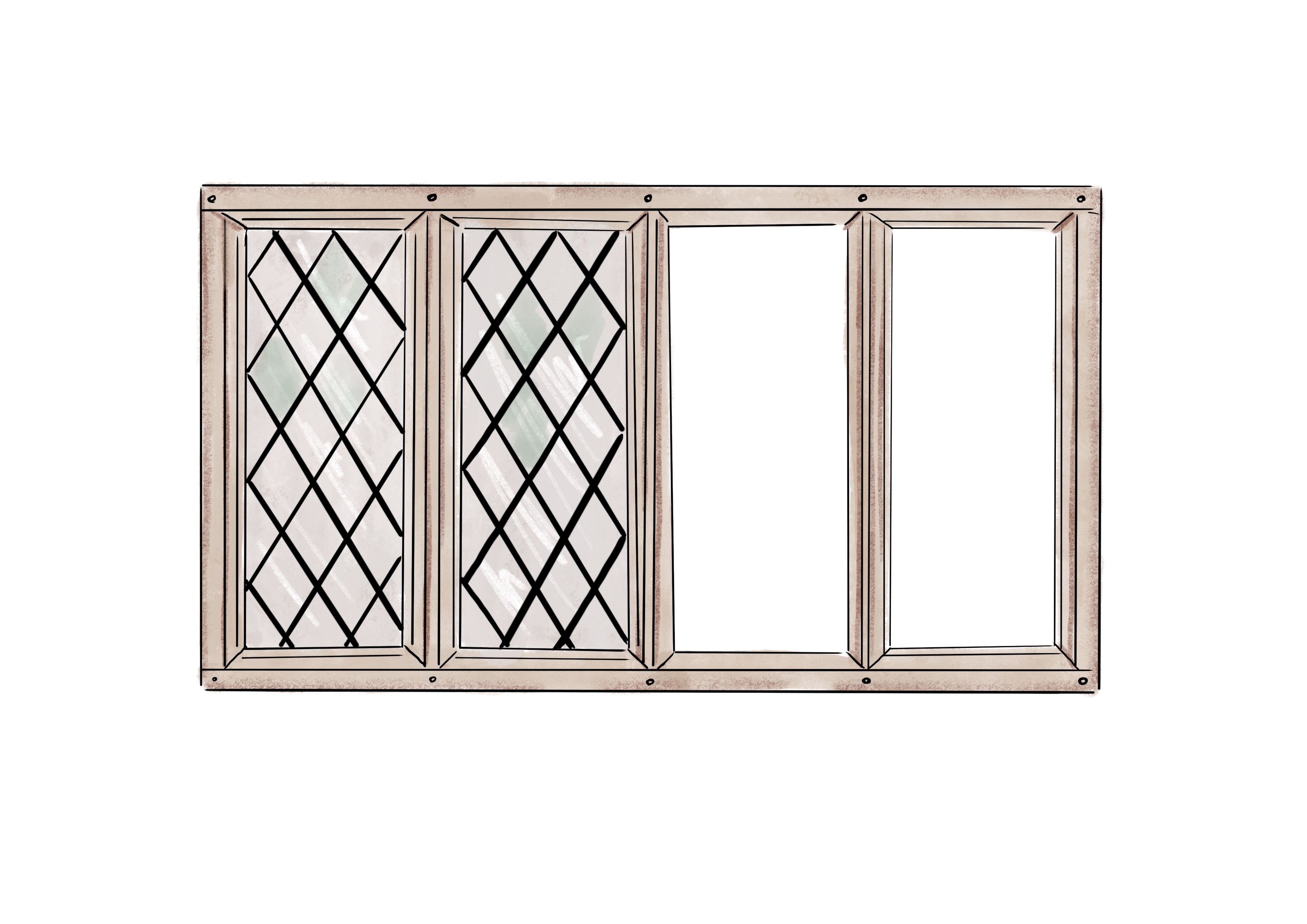
Heavy oak frame used until late 17th century in domestic work and until the late 18th century in agricultural buildings. Window frames sometimes in brick or rendered.
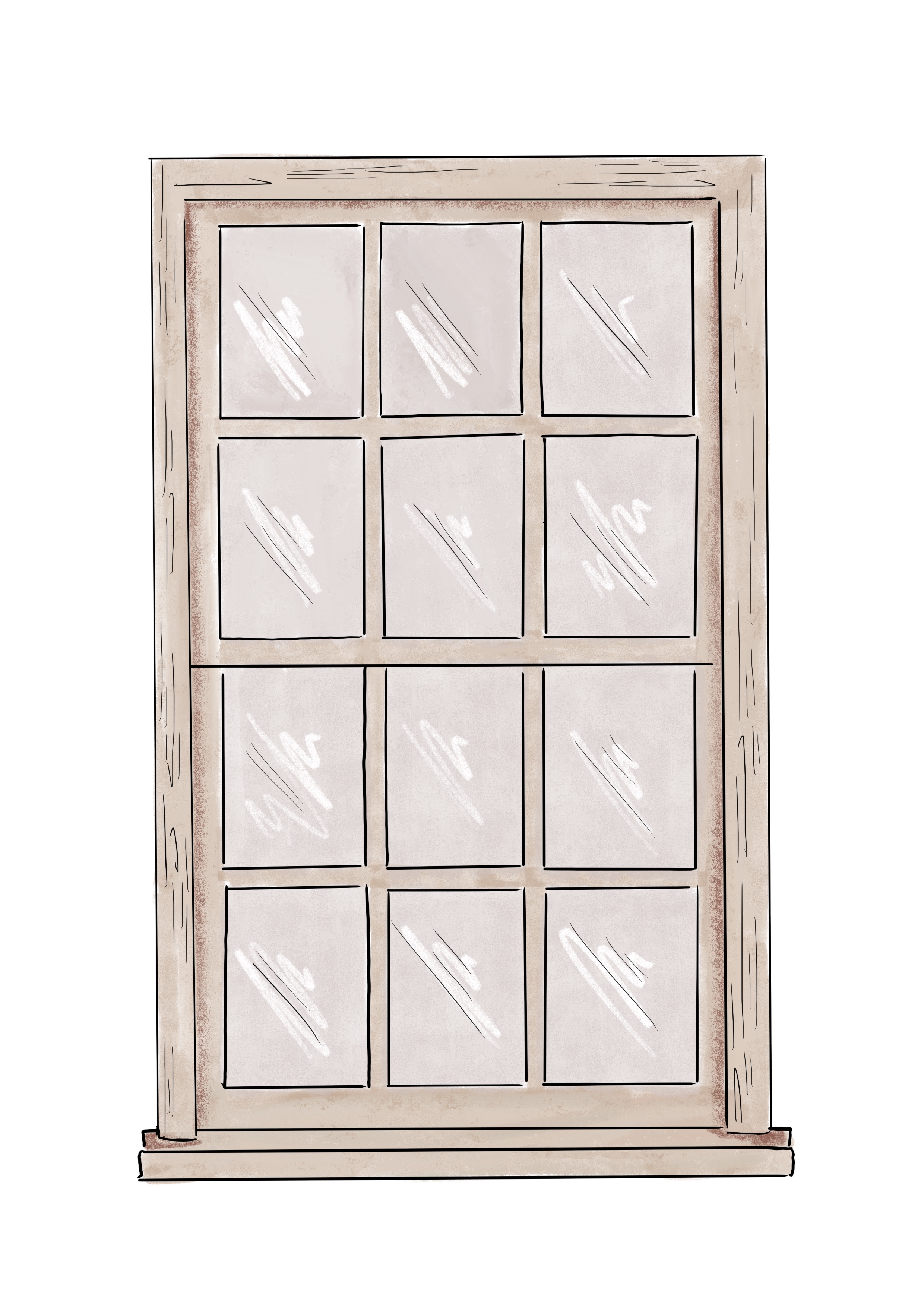
The twelve pane double hung sash window. Early examples often have heavy glazing bars. About 1690-1850 sash windows were produced without 'horns'.


19th century metal hinged casement - industrial style.
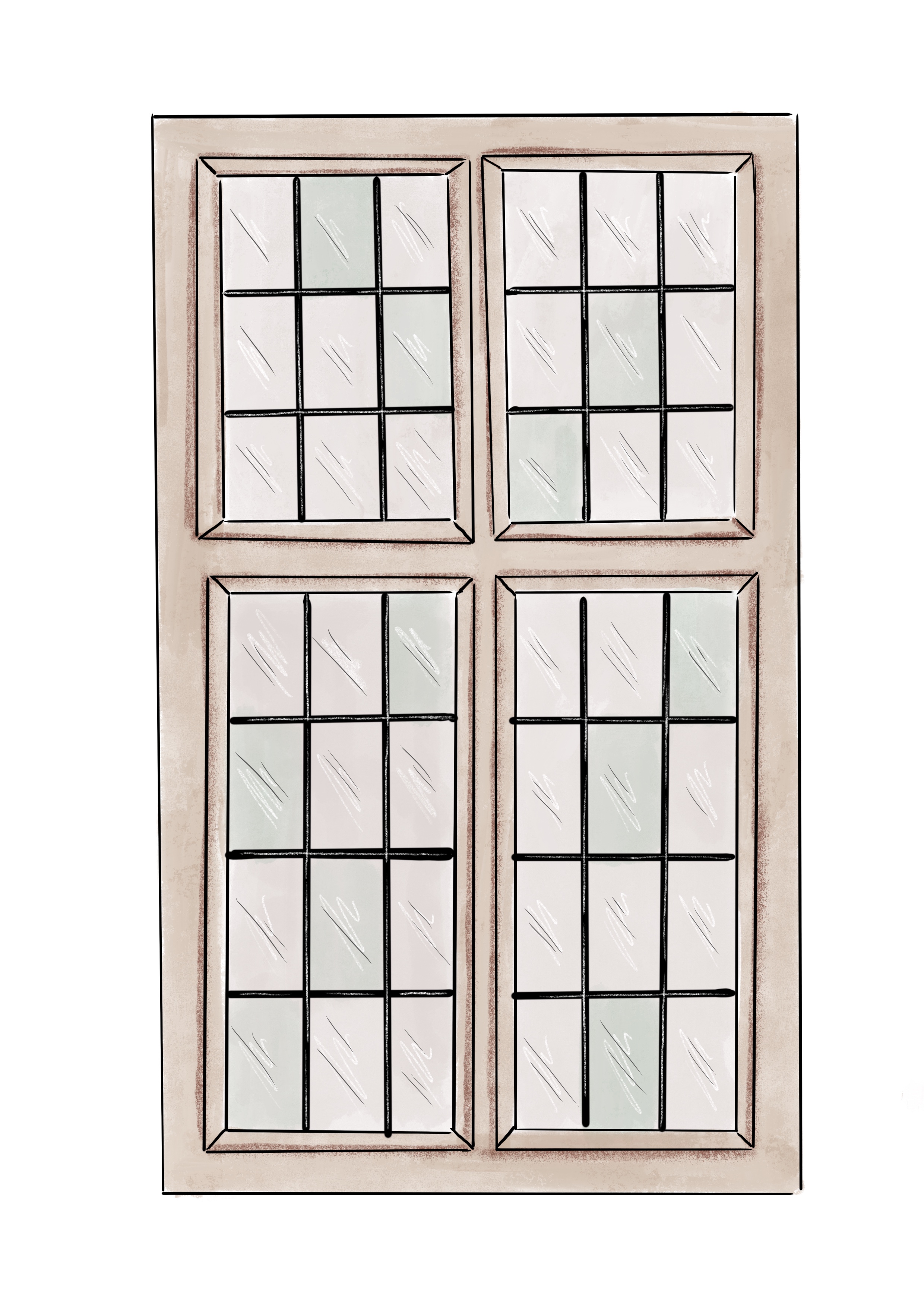
Late 17th century 'Cruciform' window with rectangular leaded lights.
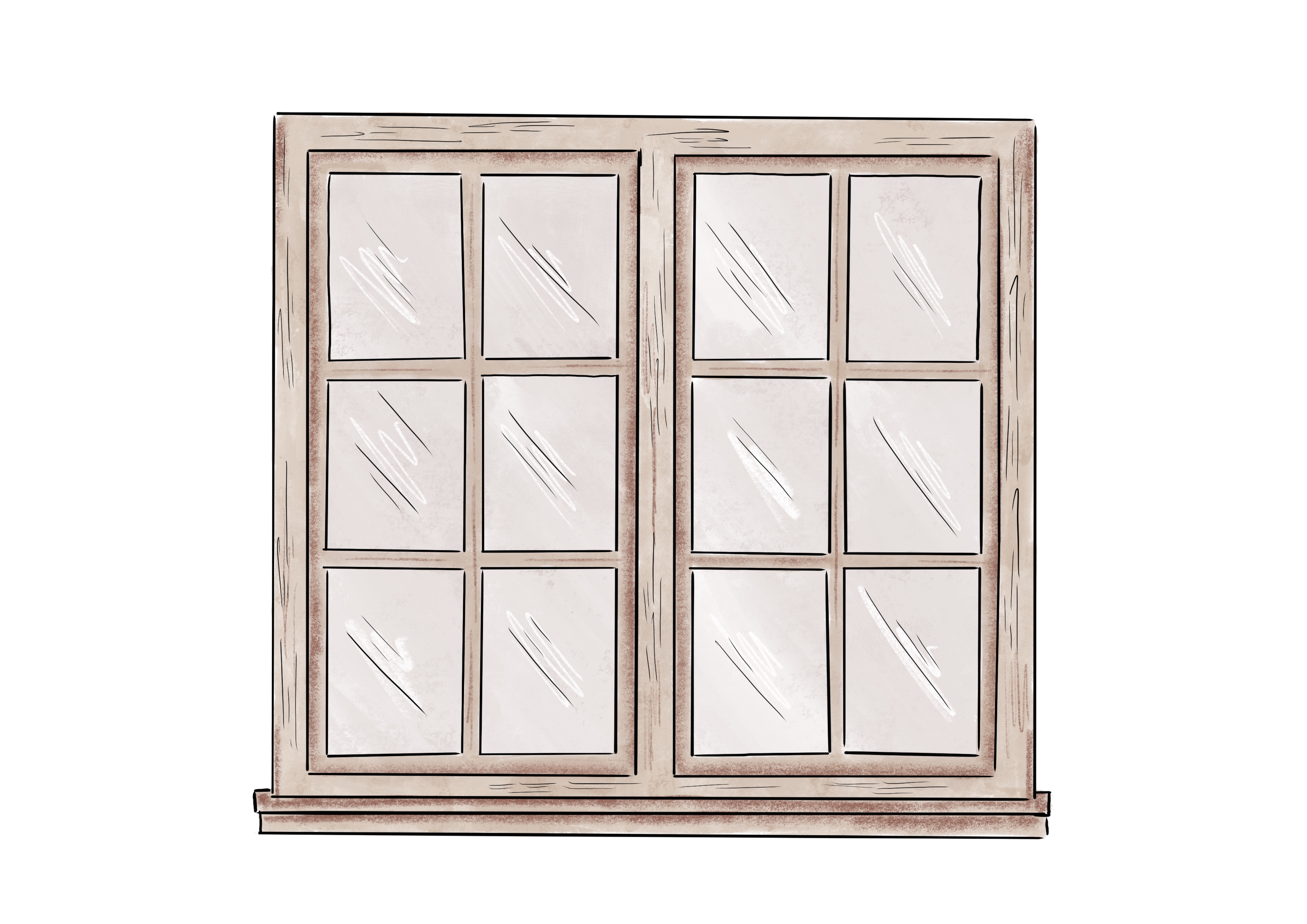
Casements, typical of cottages from 18th century on. Early examples have wrought iron opening lights and leaded glazing. Occasionally horizontal sliding sashes are found (Yorkshire sashes)
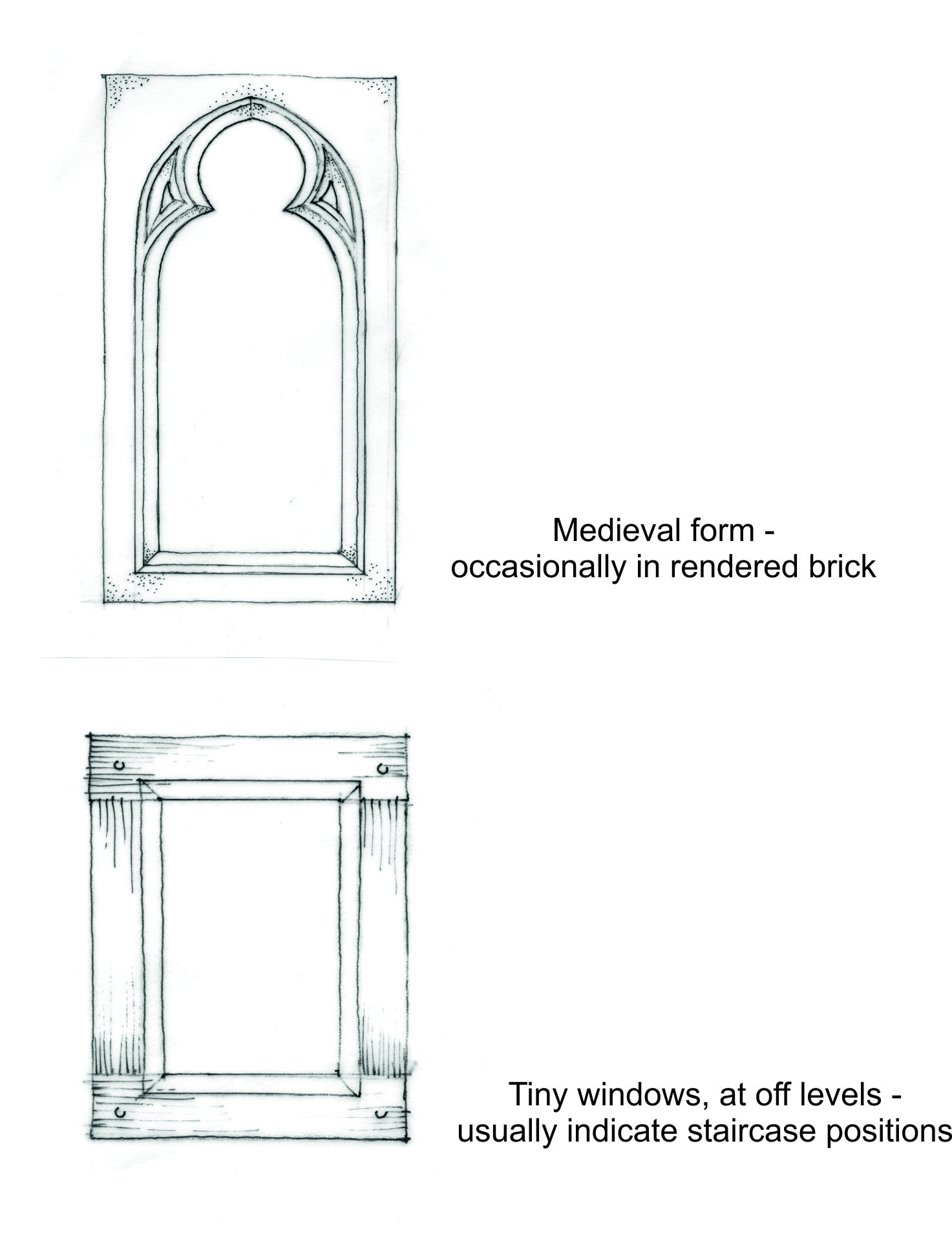

18th century fanlight over entrance.
Contemporary Glazing Forms and Styles
The window examples below show contemporary opening styles and typologies

Simple powder coated aluminium casement

Feature aluminium windows in historic opening
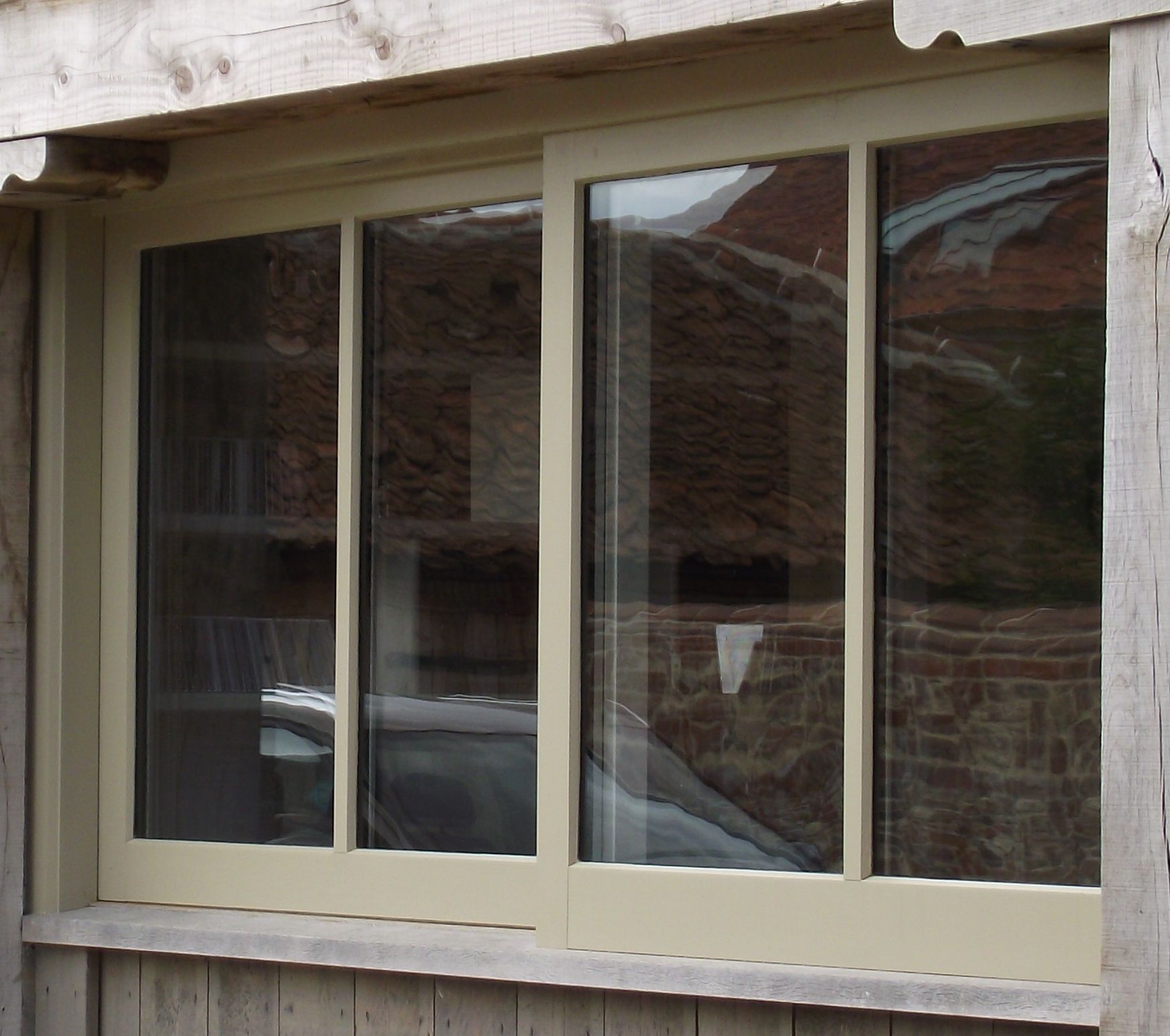
Horizontal sliding cartshed opening

Lightweight recessed contemporary glazed opening
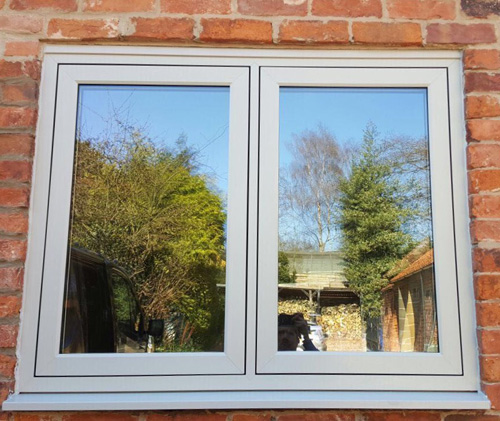
Modern flush-fitting composite window
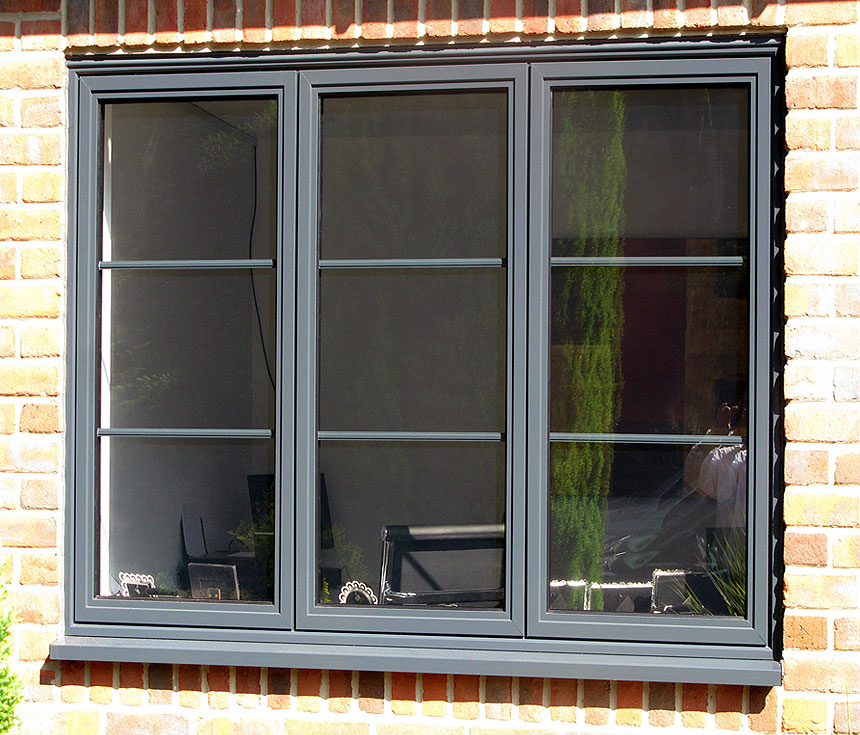
Alluminium casement with Georgian bars
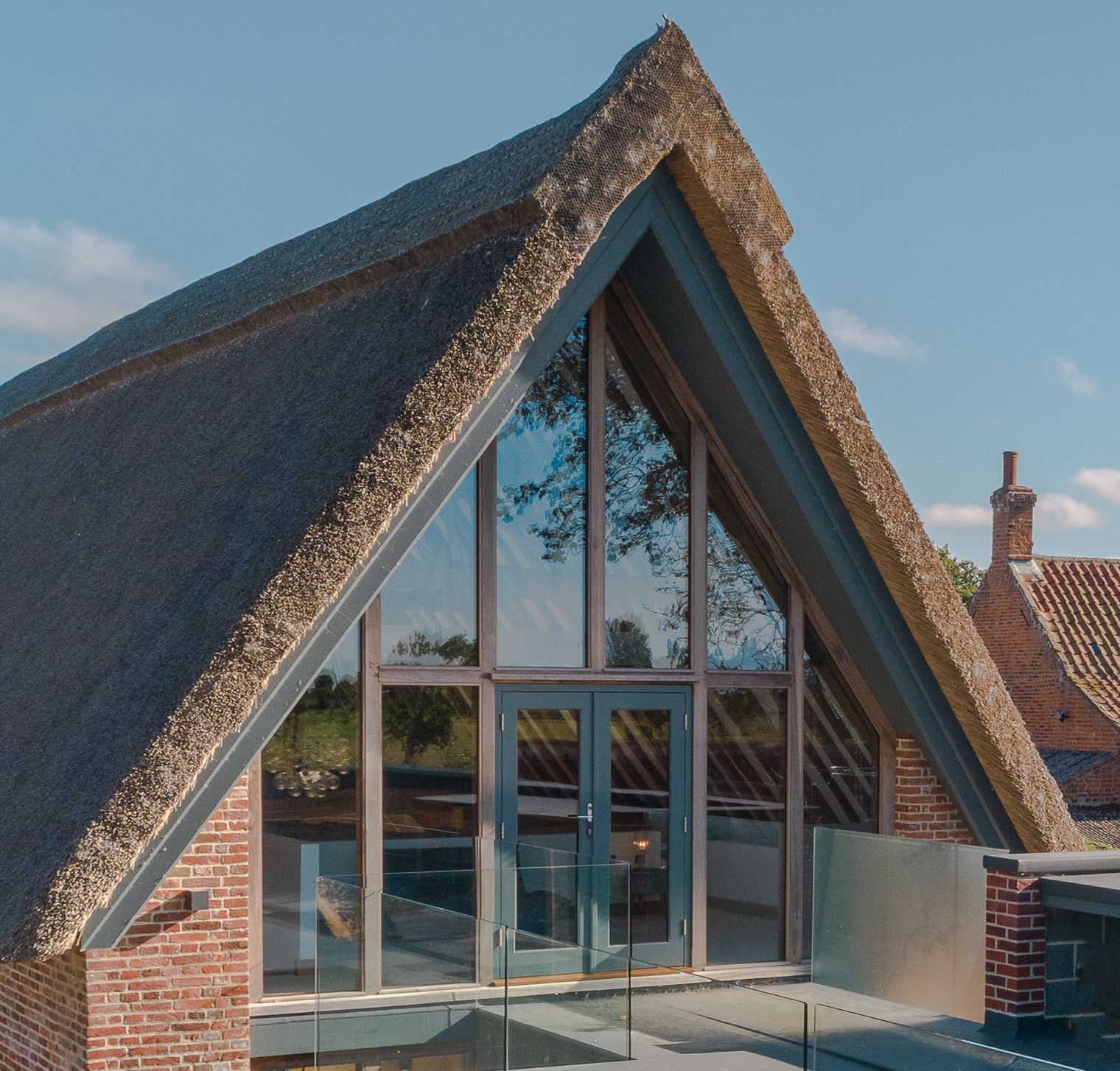
Glazed timber gable

Neo-traditional style opening with contemporary glazing
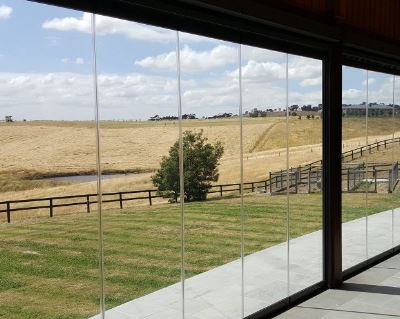
Ultra lightweight frameless glazing